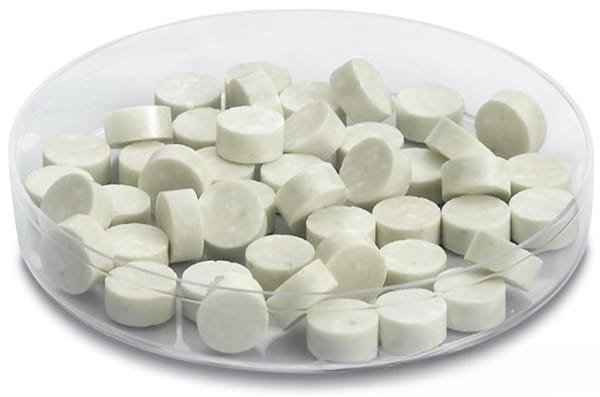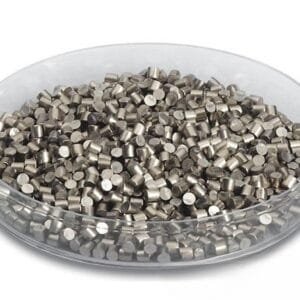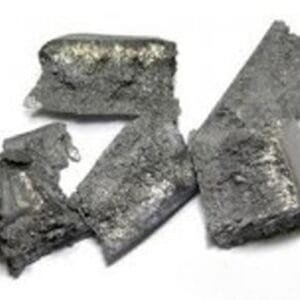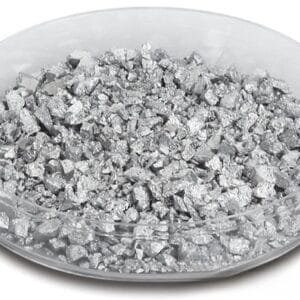Praseodymium Calcium Manganate Evaporation Materials Overview
TFM offers high-purity praseodymium calcium manganate evaporation materials, an essential oxide material with the chemical composition Pr0.7Ca0.3MnO3. These materials are crucial in deposition processes, ensuring the production of superior-quality films. TFM is dedicated to manufacturing evaporation materials with purity levels as high as 99.9995%, utilizing rigorous quality assurance processes to ensure the reliability and consistency of our products.
Related Products
- Praseodymium Evaporation Materials
- Calcium Evaporation Materials
- Manganese Evaporation Materials
- Oxide Ceramic Evaporation Materials
Applications of Praseodymium Calcium Manganate Evaporation Materials
TFM’s praseodymium calcium manganate evaporation materials are versatile and used in various applications, including:
- Deposition Processes: Ideal for use in semiconductor deposition, chemical vapor deposition (CVD), and physical vapor deposition (PVD).
- Optics: Employed in creating wear-resistant coatings, decorative finishes, and displays.
Packaging and Handling
To ensure easy identification and maintain the integrity of the praseodymium calcium manganate evaporation materials, each package is meticulously labeled and tagged. We take great care in packaging to prevent any damage during storage or transportation, safeguarding the material’s quality.
Contact TFM
As a leading manufacturer and supplier of high-purity praseodymium calcium manganate evaporation materials, TFM offers a variety of forms including tablets, granules, rods, and wires. We also provide custom shapes and quantities to meet your specific requirements. In addition to evaporation materials, we supply evaporation sources, boats, filaments, crucibles, heaters, and e-beam crucible liners. For pricing details or inquiries about materials not listed, please reach out to us.


 MSDS File
MSDS File



Reviews
There are no reviews yet.